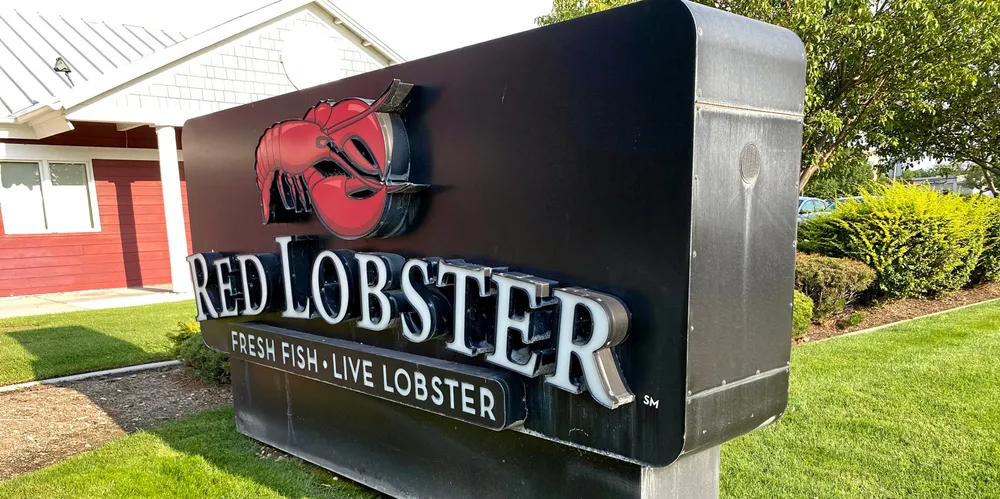Red Lobster quietly removed pollock from its menu. The replacement fish may surprise you.
The largest US seafood restaurant chain will escape Russian pollock supply dangers resulting from Putin's invasion, but the decision was based on a different set of factors.
